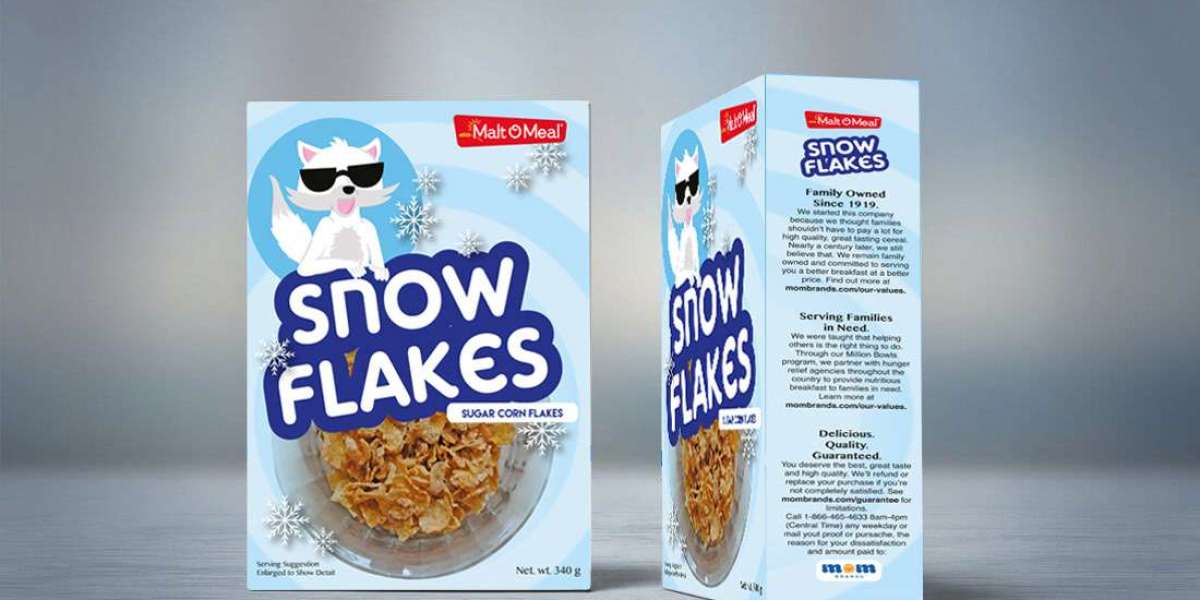Cereal is a staple in households across the globe, and with it comes the familiar sight of the cereal box—colorful, upright, and always within reach in the kitchen cabinet or on the supermarket shelf. But have you ever stopped to wonder about the dimensions of a cereal box and why they matter?
In this article, we’ll explore the standard cereal box dimensions, reasons for variation among brands, how these sizes impact storage and marketing, and how companies choose their box sizes for maximum effect.
What Are the Standard Dimensions of a Cereal Box?
While dimensions can vary by brand and product line, most standard cereal boxes share similar measurements. Here’s a general idea of what to expect:
- Height: 11 to 13 inches (27.9 to 33 cm)
- Width: 7 to 8 inches (17.8 to 20.3 cm)
- Depth: 1.5 to 2.5 inches (3.8 to 6.4 cm)
A common example would be a standard 18-ounce box of cereal which typically measures around 12 inches tall x 8 inches wide x 2 inches deep.
Smaller boxes, like individual or travel-size cereal packs, can measure as little as 5 inches tall and 1.5 inches deep, while family-sized cereal boxes may be several inches taller and wider.
Why Do Cereal Box Sizes Vary?
There are several reasons why cereal boxes come in different sizes:
- Serving Size & Weight
Lighter cereals like puffed rice require more volume for the same weight, leading to larger boxes. Denser cereals, like granola, can come in smaller boxes despite similar weights. - Target Audience
Family-sized boxes are designed for households with multiple cereal eaters, while smaller boxes suit individuals or smaller families. - Marketing Strategy
Bigger boxes have more surface area for branding, promotions, and graphics. This helps a cereal stand out on the shelves. - Shelf Optimization
Supermarkets have limited space, and cereal boxes are sized to fit shelves neatly, both in height and depth. - Portion Control & Pricing
Smaller boxes are sometimes used to sell cereals at a lower price point or promote limited-time offers. They also cater to people concerned with portion sizes or waste.
Impact of Dimensions on Packaging and Storage
The dimensions of a cereal box aren’t just for aesthetics—they play a key role in the practical aspects of packaging and storage.
- Shipping Efficiency
Standardized box sizes make it easier to pack cereal into shipping cartons, which reduces costs and environmental impact. - Home Storage
A box that’s too tall may not fit into typical kitchen cabinets. Manufacturers consider average cupboard dimensions when designing packaging. - Recyclability & Material Use
Efficient use of packaging materials is better for the environment. Box sizes are optimized to reduce excess packaging.
Cereal Box Dimensions Across Popular Brands
Let’s compare typical box sizes among top cereal brands:
Brand | Product | Dimensions (Approx.) |
Kellogg's | Corn Flakes | 12” H x 7.5” W x 2” D |
General Mills | Cheerios | 12.25” H x 8” W x 1.75” D |
Post | Grape-Nuts | 9.5” H x 6.5” W x 2.5” D |
Quaker | Life Cereal | 11.5” H x 7” W x 2” D |
These measurements vary slightly depending on the market (U.S., Canada, Europe), packaging updates, or special editions.
The Role of Design and Branding in Box Size
Cereal boxes serve as mini-billboards in the grocery aisle. The front panel is often the most important real estate, used to:
- Attract attention with bold colors and mascots
- Display nutritional highlights (e.g., “Whole Grain” or “Low Sugar”)
- Feature limited-time promotions or games for kids
A taller or wider front face gives marketers more room to work with, which is why some brands may slightly alter box dimensions for better shelf presence.
Conclusion
Cereal box dimensions are more than just a matter of design—they reflect a careful balance of marketing, consumer needs, product density, and supply chain logistics. While standard cereal boxes often range from 11 to 13 inches in height and 7 to 8 inches in width, the exact size depends on various practical and strategic factors.
Next time you pour a bowl of cereal, take a closer look at the box. Its dimensions were likely designed with much more in mind than just fitting in your cabinet.



